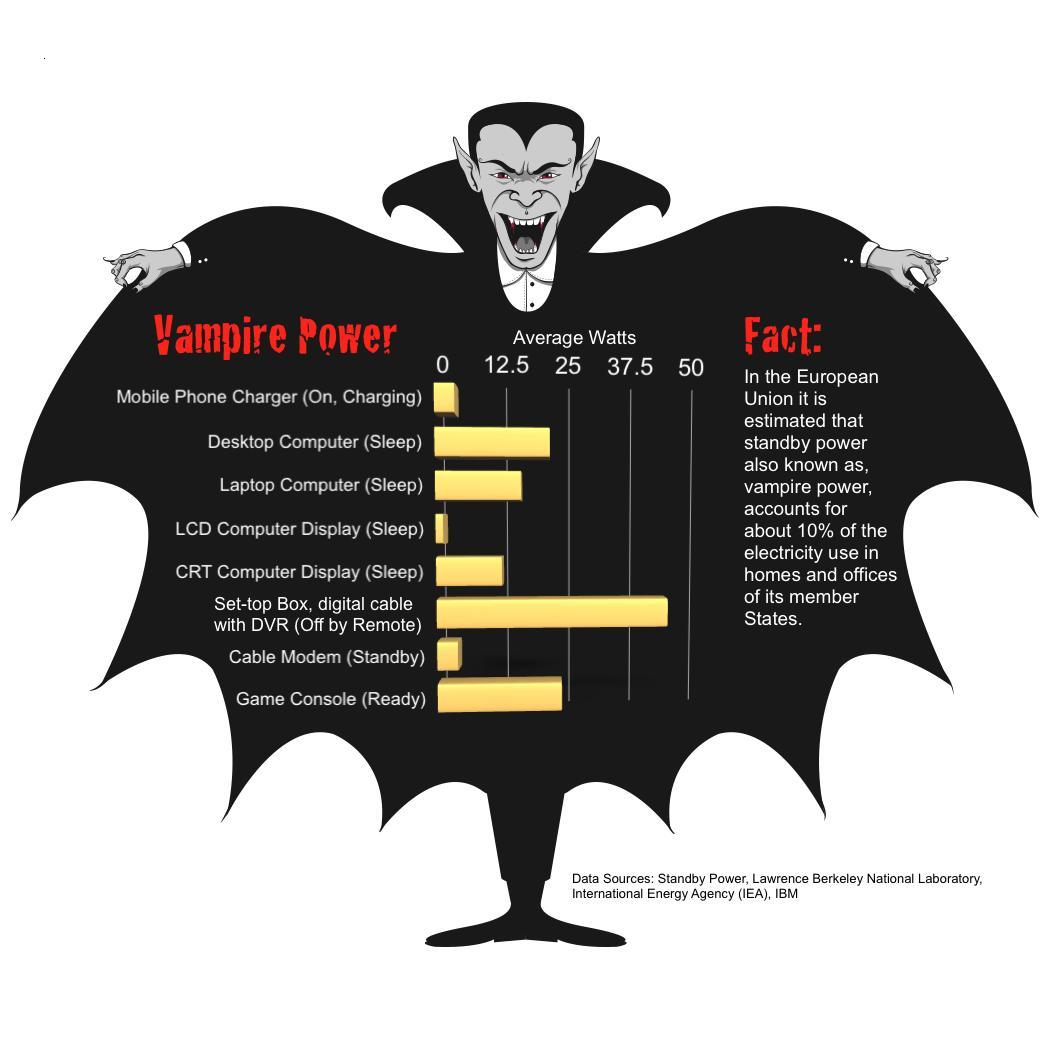Also, the research, in which the Higher Polytechnic School of Lausanne also participates, also aims to prevent electricity consumption in stand-by mode

IBM and the Ecole Polytechnique High in Lausanne launched a research initiative designed to reduce 90% of the energy consumption of electronic devices ranging from smart phones, laptops and televisions to supercomputers and to minimize the current consumption of such devices in standby and shutdown modes.
Researchers at the IBM Research Laboratory in Zurich are developing a new type of transistor, which will be able to more accurately regulate the level of electricity use, and will avoid unnecessary use of current during standby hours, when the device is connected to electricity but is not doing any real work. In the professional world, such power consumption is known as "vampire energy": a situation in which the device "sucks" energy from the power grid without any justification for this suction.
Reducing the energy consumption of each transistor in the devices will help business and private users to reduce their electricity costs - both for operating the devices themselves, and for cooling and dissipating heat in computer rooms and data processing centers. Users of mobile devices will enjoy a longer battery life between charging and allowing to increase the duration of work by up to ten times!
According to the data presented by the US Department of Energy, in 2005 electronic devices in standby mode consumed electricity worth 3 billion dollars. It is expected that the total energy consumption in the field of information technologies and electronic consumer products in the USA will double by 2022 and triple in 2030, when it is expected to stand at 1,700 terawatts/hour.
The research project that IBM launched, together with a group of academic institutions and industry bodies, is expected to last three years, after which a period of development and testing will begin. It is expected that the results of this work will reach devices that will incorporate the new transistors and will be sold to end consumers starting in 2015.
Reducing the energy consumption of mobile devices such as smart phones may allow their operation also through alternative energy sources such as solar energy.
Caption for drawing: According to estimates, by 2014 there will be around 2 billion computers in use in the world. The energy consumption of such an amount is equal to the energy required for a country like India for a whole year. The European Union estimates that the consumption of electric current in standby mode in various devices reaches up to about 10% of the consumption in the countries of the Union. In a short time, with the proliferation of computers and mobile devices in Europe, their annual electricity consumption will reach the level of the aggregate consumption of Austria, the Czech Republic and Portugal together.
